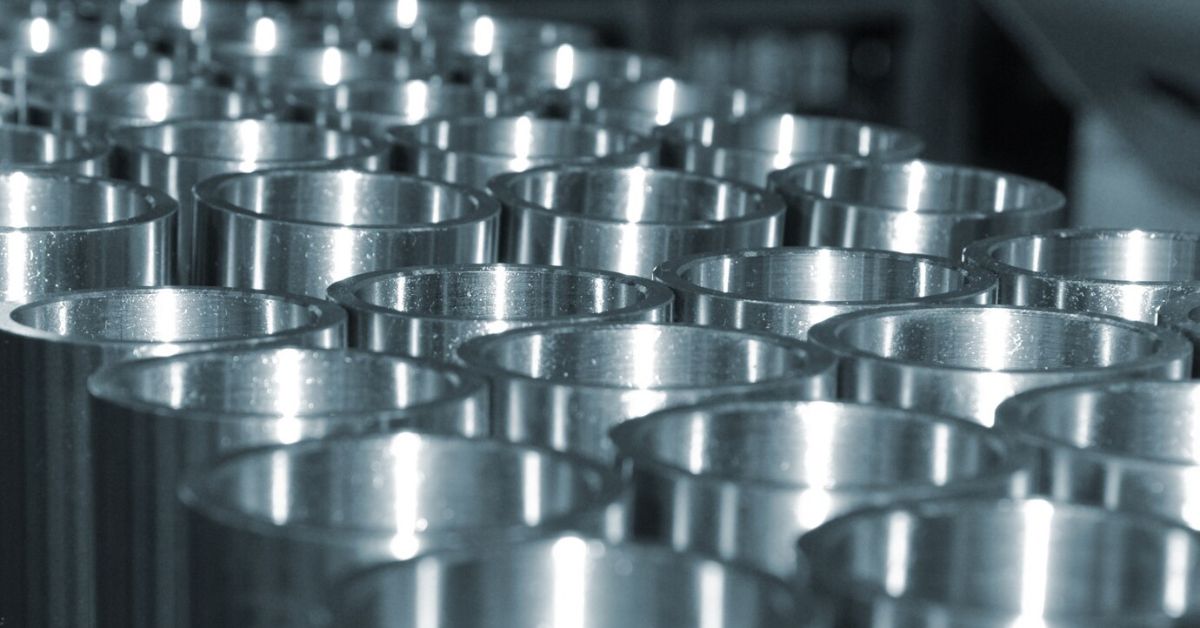Introduction to 316/316L Stainless Steel
In today’s technologically advanced world, numerous materials vie for the indispensable title, yet few are as universally acknowledged as stainless steel. It has become the cornerstone of modern engineering, architecture, and manufacturing. Among its various grades, 316L stainless steel is particularly notable for its exceptional corrosion resistance and high performance in myriad environments. This material isn’t just limited to the laboratory; it has found its place in everyday structures and devices that underpin industries from marine engineering to food processing. The adaptability and durability of 316L stainless steel make it a material that both industry experts and environmentalists can agree on as a vital component of sustainable development. Its applications range from architectural railings to responsible food storage equipment, showcasing its versatility.
Chemical Composition and Properties
316/316L stainless steel is a remarkable chromium, nickel, and molybdenum alloy. Its excellent corrosion resistance results from these factors, particularly in coastal regions where saltwater is ordinary. Specifically, the presence of molybdenum improves this alloy’s resistance to pitting and crevice corrosion. Furthermore, 316L has a lower carbon content than its counterpart, 316, which significantly reduces the risk of carbide precipitation during welding. This makes 316L the perfect choice for projects prioritizing structural integrity and longevity. It should come as no surprise that this material is popular in installations where performance and dependability are crucial because it can resist the environment and the test of time just as well.
Advantages of Using 316/316L Stainless Steel
The decision to use 316/316L stainless steel in a project yields several benefits, notably its capacity to withstand corrosive environments. This quality suits its use in harsh, demanding coastal and offshore regions. Beyond its robust anti-corrosive properties, this stainless steel grade is incredibly versatile, allowing designers and engineers to employ it in various settings, from construction to the culinary arts. The alloy’s excellent weldability ensures it can be seamlessly incorporated into complex structures without compromising strength or quality, enhancing its appeal to industries focused on innovation and durability.
Common Applications Across Industries
Using 316/316L stainless steel extends far beyond just one industry or sector. This grade is essential for producing surgical instruments and implants in the healthcare industry due to its hygienic and non-reactive nature. The material’s ability to maintain its integrity in the presence of hostile substances is also invaluable in chemical processing, where it forms the backbone of reactors and storage vessels. Similarly, in the food and beverage industry, the alloy’s resilience against acids and salts found in foodstuffs makes it ideal for manufacturing equipment that requires rigorous cleaning. Whether aboard a marine vessel, in a hospital operating room, or within a bustling restaurant kitchen, the presence of 316/316L is a testament to its reliability and universality.
Comparison With Other Stainless Steel Grades
While 304 stainless steel is popular for its affordability, 316/316L surpasses it in environments requiring increased corrosion resistance. The material’s enhanced durability and performance justify the higher costs, particularly in marine and chemical settings. This comparison analysis shows the significance of choosing the appropriate stainless steel grade depending on environmental requirements. When systems and structures are expected to cope with harsher conditions, 316L becomes not a luxury but a necessity, proving itself an investment in long-term efficiency and safety.
Maintenance and Longevity Tips
Ensuring the long-term effectiveness of 316/316L stainless steel requires regular maintenance, albeit less intensive than other materials. Simple practices such as routine cleaning with mild detergents and water and avoiding harsh chemicals can significantly extend its lifespan. This comparison analysis shows the significance of choosing the appropriate stainless steel grade depending on environmental requirements. By adhering to a systematic maintenance routine, structures and components of 316/316L can remain functional and aesthetically pleasing for decades.
Recent Innovations in Stainless Steel Technology
The realm of stainless steel technology is continually evolving. Recent developments, such as those highlighted in materials engineering research, have introduced enhanced alloy formulations prioritizing environmental sustainability and performance. These innovations have broadened the applicability of stainless steel, driving the industry forward with more efficient manufacturing techniques and improved alloy characteristics. The advent of new coatings and surface treatments further augment the innate qualities of 316/316L stainless steel, allowing it to meet the increasing demands of modern industry and consumer expectations.
Future Prospects of Stainless Steel in Modern Industry
The potential applications for 316/316L stainless steel appear limitless. From its role in sustainable energy solutions, such as solar and wind energy infrastructures, to its promising applications in space exploration, this material is set to remain central to advancements in technology and industry. Research into its future uses, such as the insights provided by future materials research, suggests that the alloy’s adaptability will continue to position it at the forefront of pivotal engineering and technological breakthroughs. Therefore, as we consider the future trajectory of industrial materials, 316/316L stainless steel stands out as a beacon of tradition and innovation—vital to the structures of today and those yet to come.











